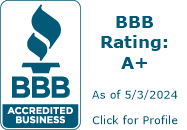← View All Buying Guides
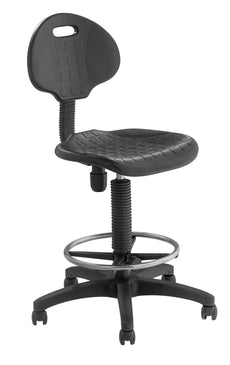

Science Lab Stools Buying Guide
School Outlet’s Tips
-

Space
-

Materials
-

Ergonomics
-

Storage
-

Design
-

Safety Features
Science Workstations Styles
-

Diversified Woodcrafts Wall School Science Lab Service Benche
-
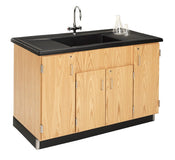
Diversified Woodcrafts Lab Sink Cabinet Workstation
-
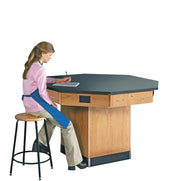
Diversified Woodcrafts Octagon Lab Workstation
-
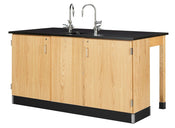
Diversified Woodcrafts Forward Vision Science Workstation
-
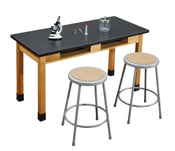
Diversified Woodcrafts Science Peninsula Workstations
-
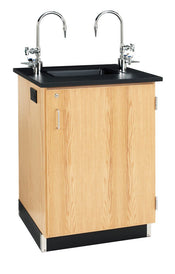
Diversified Woodcrafts Single Face Science Service Island Workstations

